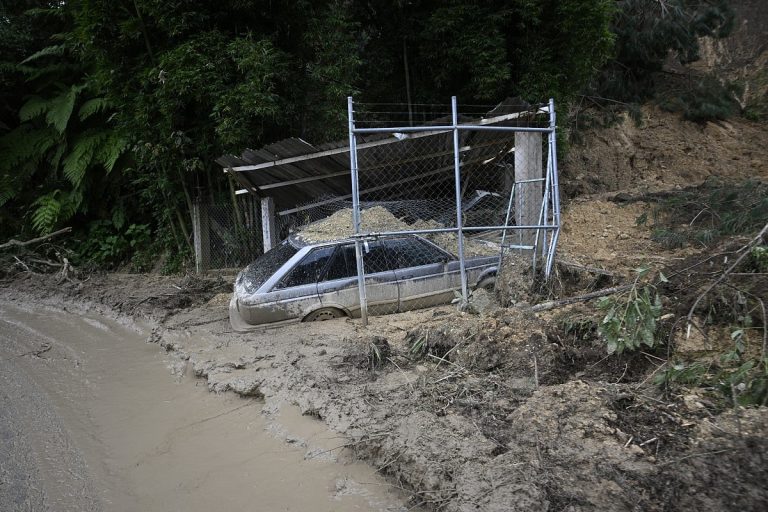Delhi Airport Security Heightened After Hoax Bomb Threat
Recent events have heightened security measures across India, particularly at Delhi’s Indira Gandhi International Airport. A bomb threat email, initially sent to IndiGo’s grievance portal, prompted a swift response from various security agencies before being confirmed as a hoax.
Details of the Hoax Email
On Wednesday afternoon, around 4 p.m., a message indicating a bomb threat was detected by IndiGo’s internal system. The email mentioned multiple airports, including those in Delhi, Chennai, Goa, Mumbai, and Hyderabad, which led to precautionary security checks at all these locations. The Delhi Police reported that the Central Industrial Security Force (CISF), along with the Delhi Fire Service and airport authorities, coordinated a response to ensure passenger safety.
Response to the Threat
Upon receiving the alert, security teams quickly mobilized to investigate the situation at Delhi Airport’s Terminal 3. A fire department official confirmed that the threat was ultimately deemed a hoax after thorough checks were conducted. The police emphasized the importance of these precautionary measures, stating that they are vital for maintaining safety in busy airport environments.
Mid-Air Incident Involving Air India Express
Coinciding with the hoax email, a separate incident occurred involving Air India Express flight IX 1023, which was en route from Mumbai to Varanasi. The flight received a bomb threat while in the air, prompting an emergency landing at Lal Bahadur Shastri International Airport in Varanasi. All passengers were safely evacuated, and the airline confirmed that the Government-appointed Bomb Threat Assessment Committee was notified immediately to follow established security protocols.
FAQs
What triggered the security alert at Delhi Airport?
A bomb threat email sent to IndiGo’s grievance portal prompted a high-alert response from security agencies, which was later confirmed to be a hoax.
How did authorities respond to the bomb threat?
Authorities, including the CISF and Delhi Fire Service, conducted thorough checks at multiple airports mentioned in the email to ensure passenger safety.
What happened with the Air India Express flight?
Air India Express flight IX 1023 received a bomb threat while airborne and made an emergency landing in Varanasi, where all passengers were safely evacuated.
Conclusion
The recent bomb threat email and mid-air incident have underscored the importance of vigilance in aviation security. While the hoax email was quickly resolved, the response protocols in place ensured the safety of passengers during both events. Authorities continue to monitor the situation and reinforce security measures across all airports.
The incident at Delhi Airport is part of a broader trend of increased security concerns in aviation, particularly in light of recent global events that have raised awareness about potential threats. Airports have become critical points of vulnerability, prompting authorities to adopt more stringent measures to protect passengers and staff. The quick response to the hoax bomb threat reflects the commitment of Indian security agencies to prioritize safety, even in situations that ultimately prove to be unfounded.
In recent years, the Indian government has invested significantly in enhancing airport security infrastructure, including the deployment of advanced screening technologies and the training of personnel in emergency response protocols. These investments are designed to ensure that security agencies can respond effectively to any potential threats, whether they are real or fabricated. The collaboration between various agencies, such as the CISF and local police, is essential for maintaining a coordinated approach to security, especially in high-traffic areas like international airports.
Moreover, the rise of digital communication has made it easier for individuals to send threats anonymously, which poses challenges for law enforcement. Authorities are increasingly focusing on cyber security measures to track and mitigate such threats. The incident involving the Air India Express flight further illustrates the complexities of managing security in aviation, where the stakes are high, and the potential for panic can escalate quickly. As a result, ongoing training and public awareness campaigns are crucial to ensure that both passengers and airline staff remain vigilant and informed about safety protocols.
Also Read:
Explosion Near Delhi’s Red Fort Kills 13, Security Alert Iss







